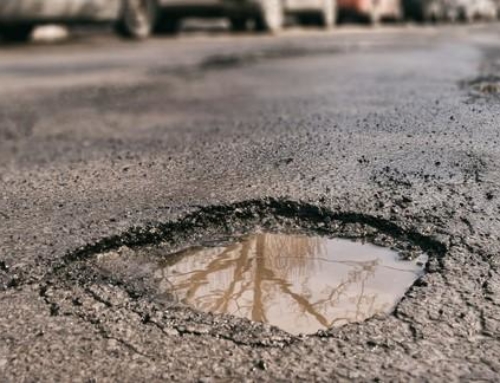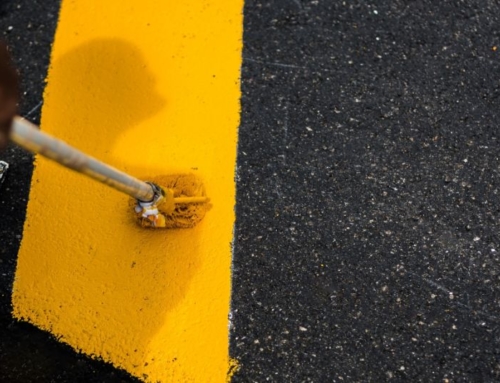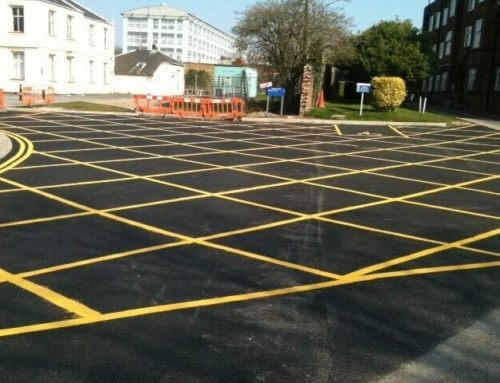Future Technology – Self Healing Concrete
As a surfacing company, we aim to always keep abreast of the latest developments in surfacing technology. By taking on board the best new materials and techniques, we are able to improve our service to our customers. New techniques can mean stronger surfaces, longer lasting results and improved function, no matter what the application. These developments may not be glamorous like the latest gadgets, but they certainly impact millions of peoples’ lives daily. The latest research shows that self-healing concrete is one such development that will no doubt become important in our future work.
Concrete as a building material has been around for thousands of years. The word is derived from Latin, and it was certainly widely used in Roman times and in Greece and the Middle Eastern countries long before that. It is valuable for its strength under compression, water resistance, and the ability to be formed into any shape that you can make a mould for. However, one shortcoming is its tendency to crack, and for these cracks to quickly propagate, sometimes crucially compromising structural or surface integrity.
Self-healing concrete is a fascinating new development that could be on the market in years to come. It harnesses heat energy from simple sunlight to ‘heal’ cracks before they can become a major problem. You may question the validity of this method, as sunlight can only reach the surface of a structure and therefore any internal cracking would go unfixed. However, the vast majority of the time concrete does begin to crack on the surface, before those cracks spread to deeper layers. The aim of the self-healing technology is to stop the crack from ever getting that far.
This kind of technology would save an enormous amount in repairs for buildings and major structures, as well as helping surfaced roads to hold their integrity for much longer without needing road repair.
The reason that surface cracks are so damaging is that they allow outside elements to enter the material. The freeze-thaw cycle of water in a crack during winter is responsible for carving out many cliffs and mountain ranges, so it can certainly wreak havoc on buildings and roads.
The technology involves using a special coating layer on the surface. This layer contains a solution of a water resistant material, contained within ‘micro capsules’. These are tiny vessels constructed of a polymer that bonds to the surface and are relatively invisible to the naked eye. The idea here is that any outside force that breaks the surface of the coating will release the solution held in the capsules. The solution then flows into any cracks that have formed, and goes on to solidify. Therefore a replacement for the broken concrete is formed that will act to prevent water and frost from getting in. Though it doesn’t mean the surface is fully healed, it does mean that there won’t be any run-on damage due to erosion.
The researchers have verified that their idea works by deliberately damaging a coated sample with razor blades, creating deep ‘cracks’ and breaking the surface. The solution was successfully released and flowed into the damaged area, solidifying as planned. Protection against water and harmful chloride ions was verified by examining the samples with electron microscopy.
Such future technologies will make tasks such as surfacing and road repair much more effective and long lasting than before. In the case of self-healing concrete, there is still some more work to be done in terms of optimising the composition of the protective solution, but if such issues are resolved it will certainly be on track to be a regular part of surfacing technology in the not too distant future.
Here at UK Surfacings we offer a wide range of surfacing solutions. Simply get in touch with our professional team today for more information.




